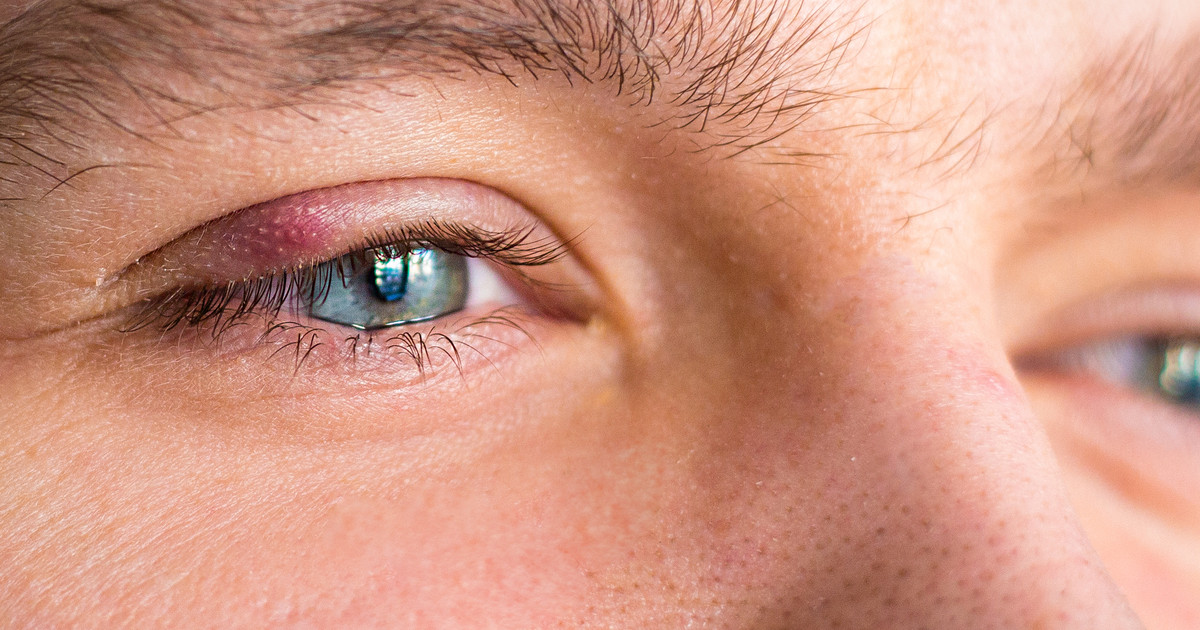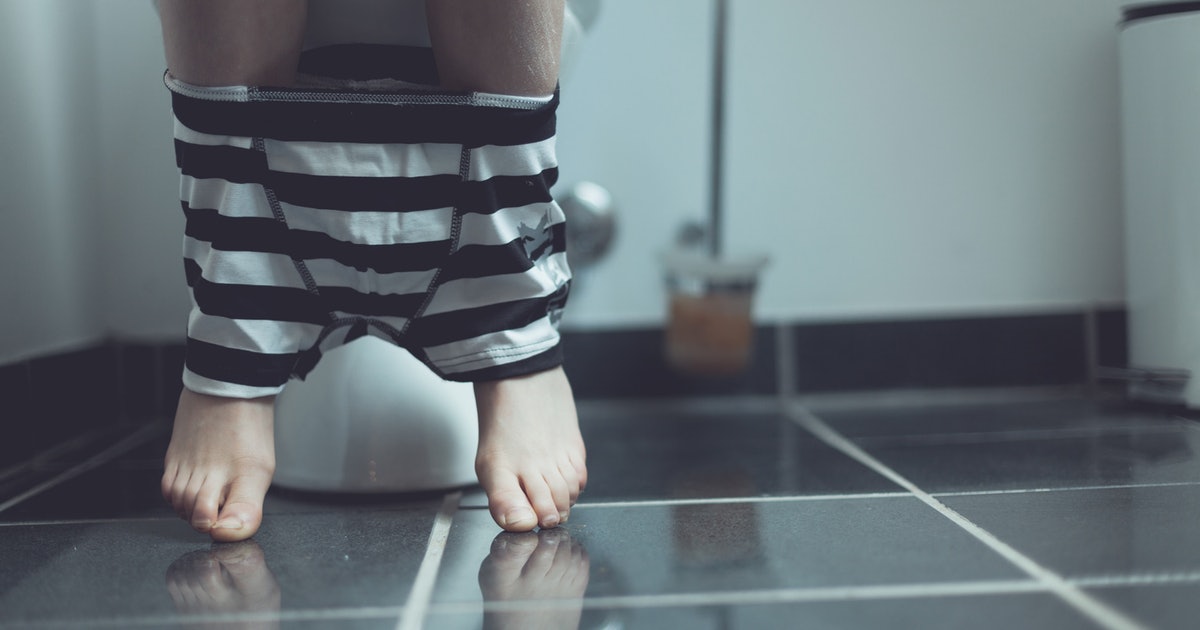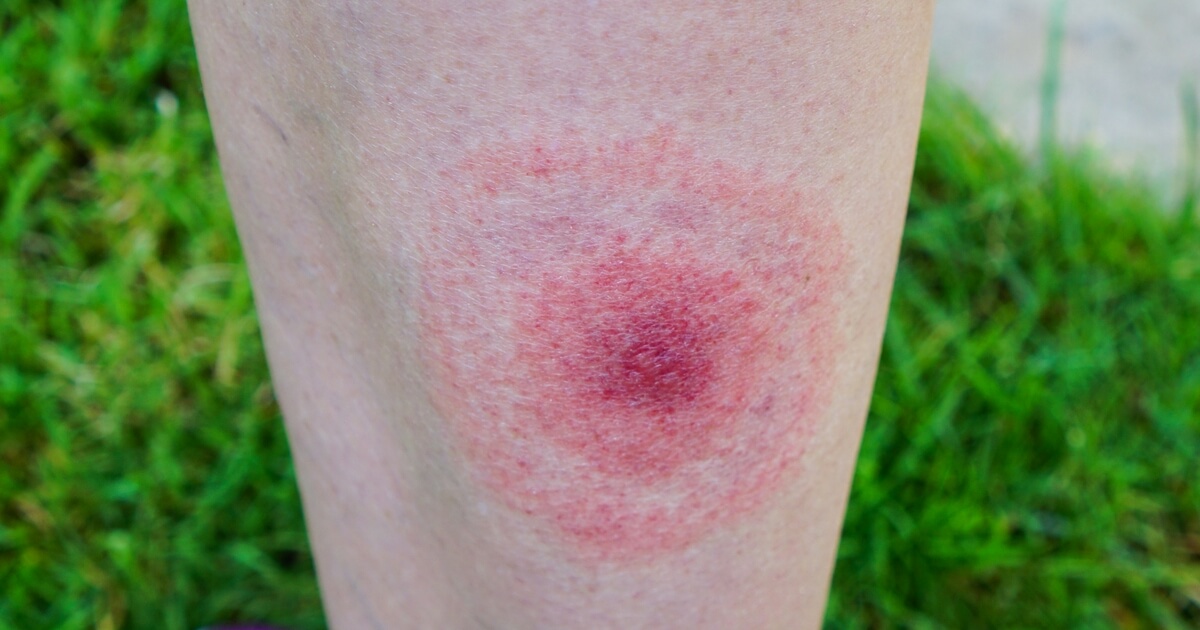Reactive Arthritis: Infectious Symptoms To Be Aware Of
Reactive arthritis, otherwise known as Reiter's syndrome or sexually acquired arthritis, is a very rare yet painful form of inflammatory arthritis, which is a disease of the joints due to inflammation. It is triggered by an infection that occurs in another part of an individual's body, mainly the bowels or genitals. It can be spread through sexual intercourse. The disease commonly affects the joints of the feet, ankles, and knees, although it may also cause inflammation of the eyes, urethra, and skin. Symptoms of reactive arthritis usually disappear within twelve months, but can be highly infectious in the meantime.
Eye Inflammation

Reactive arthritis used to be known as Reiter's syndrome, which was strongly characterized by eye inflammation. Although eye inflammation is less common than joint inflammation and pain when it comes to arthritis, it is still considered an infectious sign of reactive arthritis. Conjunctivitis, or eye inflammation, occurs when there is an infection in the outer membrane of the inner eyelid and eyeball. It may appear in the form of pink eye, a condition in which the eye becomes red, swollen, and inflamed.
A Sore Throat Or Mouth Sores

The development of a sore throat or mouth sores in addition to painful and swollen joints may be an infectious reaction of reactive arthritis. Mouth sores may occur either inside the mouth or in the form of cold sores on the lips. In rare occasions, cold sores develop on the cheek or face. They can also grow anywhere a mucous lining is present, such as on the eyelids. A sore throat and cold sores are both highly contagious; therefore, contact with others should be avoided.
Urinary Or Gastrointestinal Problems

Urinary problems, which can be seen in reactive arthritis, may be the result of an infection of the urethra, which might be contagious through intercourse. Pain or inflammation while urinating is another symptom that should be treated by a doctor with an antibiotic if an infection is present. A gastrointestinal infection may cause diarrhea or vomiting. Some patients with reactive arthritis have bouts of abdominal pain, and bowel lesions similar to that of inflammatory bowel disease are detected through a colonoscopy.
Skin Problems

Skin rashes and other problems, such as erythema nodosum, may appear in addition to joint pain in patients with reactive arthritis. Erythema nodosum is a type of skin condition characterized by painful red lumps located in front of the legs below the knees. It occurs as a result of an infection within the body. Skin rashes may spread by coming in contact with an individual who is infected with one. Another infectious symptom of reactive arthritis is dystrophic changes or the deformation of tissue within the nail beds.
Genital Infections

Some cases of reactive arthritis are caused by the Chlamydia trachomatis bacteria, which is a highly infectious sexually transmitted disease characterized by genital infections, rashes, and warts. Additionally, circinate balanitis is an inflammatory skin condition that forms around the penis in males affected by reactive arthritis. This condition is characterized by inflammation and peeling of the skin around the penis. The good news is, cortisone creams are available to help control the inflammation, but affected individuals should still avoid sexual intercourse until the infection is gone and seek treatment immediately.
Swollen Fingers And Toes

Reactive arthritis causes more dramatically swollen fingers and toes than most other forms of arthritis. Though this symptom isn't universal with cases of reactive arthritis, some patients have experienced swelling so severe that their toes and fingers begin to resemble sausages. The symptoms of reactive arthritis might last for anywhere from three to twelve months. Some affected individuals have recurrences of the condition later. If a patient's toes and fingers become swollen after they have fought off a bacterial infection, they should talk to a doctor right away. When related to reactive arthritis, the swelling is often accompanied by other signs of inflammation in other parts of the body.
Soft Tissue Inflammation

Some individuals with reactive arthritis may experience soft tissue inflammation where this tissue enters the bones. This condition, otherwise known as enthesitis, can include tissues like the ligaments, tendons, and muscles. In addition to reactive arthritis, soft tissue inflammation can be present with psoriatic arthritis. There are some common places that enthesitis may occur, including the bottom of the foot, backbone, elbow, toe, hip, knee, and heel. Patients may discover swelling around these areas along with pain from the inflammation. When individuals have soreness in the back of their heel because of enthesitis, this is a condition called plantar fasciitis or Achilles tendinitis. This condition can make climbing stairs and running difficult.
Joint Stiffness And Pain

Like most forms of arthritis, reactive arthritis can present with joint stiffness and pain. This pain can occur in any joint throughout the body, but it's found more commonly in certain areas. Individuals with reactive arthritis often feel pain in their feet, ankles, and knees. These joints may become swollen and inflamed, and the connective tissues within and surrounding these joints may also be inflamed. Some patients experience pain in their heels or the backs of their calves due to plantar fasciitis. Reactive arthritis may cause the pain to spread up through an individual's lower back and buttocks, but it doesn't always do this. Their hands may become inflamed as well, but hand involvement is more common with other types of arthritis than reactive.
Lower Back Pain

Some patients with reactive arthritis have reported lower back pain, which might radiate through the buttocks and down the legs. Alternatively, it might feel like pain in the legs is radiating upward through the back. Not everyone with reactive arthritis has lower back pain, and this pain will typically present with other symptoms of joint inflammation. When lower back pain is caused by reactive arthritis, it tends to become worse in the morning and at night. This may be because the pain gets worse when the back has been at rest for a while, such as when an individual relaxing in the evening or sleeping. When patients move in the morning after a period of rest, the pain flares up more intensely.
Sensitivity To Light

Reactive arthritis can lead to light sensitivity when it involves the eyes. Though not everyone experiences eye involvement, it is possible that the inflammation will cause issues with a patient's eyes. This is most commonly experienced, as mentioned, like conjunctivitis, an inflammation of the eyelids. If the inflammation causes uveitis, patients may experience symptoms including light sensitivity, blurry vision, redness, and pain. This condition involves an inflammation of the eye's vascular layer, otherwise known as the uvea. This tissue is located between the sclera and retina. In addition to reactive arthritis, uveitis can be caused by arthritis-like Behcet's disease, juvenile arthritis, psoriatic arthritis, and ankylosing spondylitis.
